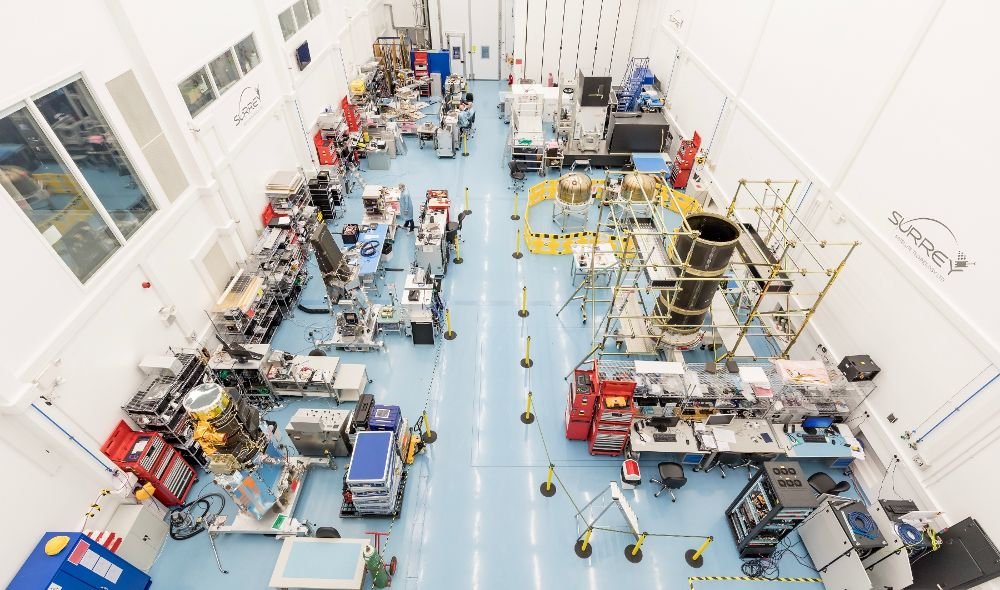Funding boost for cutting-edge facilities and new technology at SSTL
Surrey Satellite Technology Ltd (SSTL) will get £250,000 towards cutting-edge facilities at its Guildford base after winning a project from the UK Space Agency’s Space Clusters Infrastructure Fund (SCIF).
One of the UK’s leading satellite manufacturers, SSTL will match the SCIF funding to enhance its Research and Development Imager Clean Room, supporting the development of cutting-edge, space-based imaging technology - the ‘eyes’ of satellites monitoring Earth and the space environment.
News of SSTL’s successful bid was announced on Thursday 7 March at Space Comm, Farnborough, following the launch of the government’s Space Industrial Plan. To date, the SCIF has contributed £47 million to a wide range of space initiatives nationwide, part of the UK Space Agency’s wider investments to develop the UK space ecosystem.
Surrey Satellite Technologies facilities.
Philip Brownnett, Managing Director of SSTL, said:
“We’re pleased to have been selected by the UK Space Agency for the Space Cluster Infrastructure Fund.
“By enhancing our optical Research and Development Cleanroom Facility, the new project will help address the growing need for space-based imaging equipment for a wide range of commercial, defence and governmental customers.
“This will give a real boost to cutting-edge research into space imaging technology carried out in the UK.”
Minister for Space, Andrew Griffith, who delivered a keynote at Space Comm, and co-authored the foreward of the Space Industrial Plan, said:
“Our £250,000 investment in SSTL underlines the key role this government sees for UK businesses in advancing global space capabilities.
“Aligned with our new Space Industrial Plan, this funding will enhance SSTL’s research facilities so it can drive forward innovation in cutting-edge imaging technology, which is so crucial for satellite operations.”
Another funding announcement from the UK Space Agency at Space Comm revealed five schemes that will each receive part of a £500,000 pot aimed at fostering collaboration between the UK’s network of space clusters:
Space North - uniting Space Hub Yorkshire, the North West Space cluster and Space North East England to attract investment and boost research and collaboration.
Unlocking Space for Agriculture - bringing together the space and agricultural sectors in Scotland and the East of England to explore opportunities through space capability research and knowledge sharing.
South West Space Partnership - building on the strengths of Space West, Cornwall Space Cluster, the West of England Combined Authority, Cornwall Council and Invest Bristol & Bath to promote the region’s space capability, attract international investment and develop strategic collaborations.
Power4Space - strengthening ties between the North West Space Cluster and Midlands Space Cluster, and their respective supply chains, to seize commercial opportunities in novel power systems for deep space applications.
Using Earth Observation to monitor Harmful Algal Blooms (HABs) and Seaweed Production - leveraging Earth observation capabilities within NI Space, Space Wales and the Space East clusters to monitor water bodies for harmful algal blooms and seaweed production, using space assets and data to improve delivery of local government services.
Director of the Space South Central Enterprise Network, Dr Louise Butt, said:
“It was an exciting week for UK space, space clusters and the Space South Central region.
“The sector came together for Space Comm, the Spring Budget earmarked £100 million towards the Connectivity in Low Earth Orbit (CLEO) programme and £10 million for SaxaVord Spaceport, and the UK Space Agency announced a combined £750,000 of funding for space clusters and SSTL, a leading satellite manufacturer based in our region.
“Against very stiff competition, SSTL is a deserving recipient of the SCIF funding and we were delighted to support their application. Tirelessly driving innovation in satellite manufacturing and technology for decades, the company’s plans to upgrade their facilities to develop space-based imaging technologies, also have the potential to benefit many sectors outside the space industry in years to come.”

